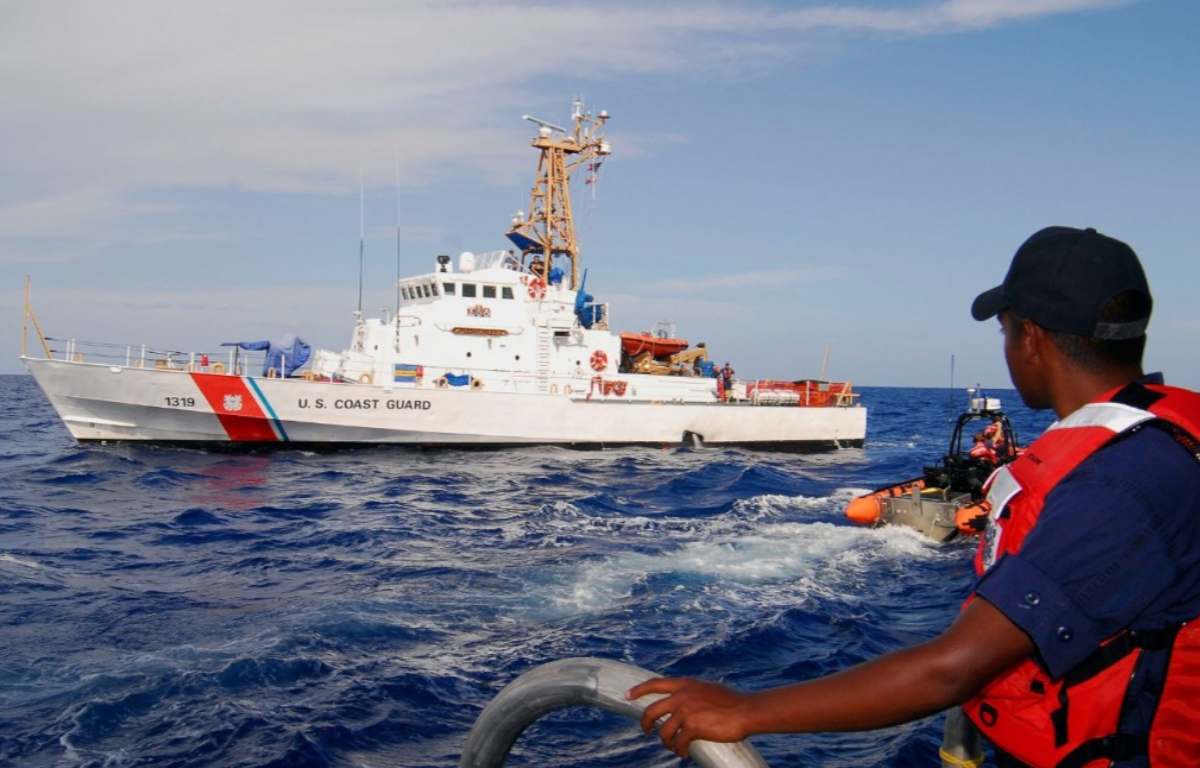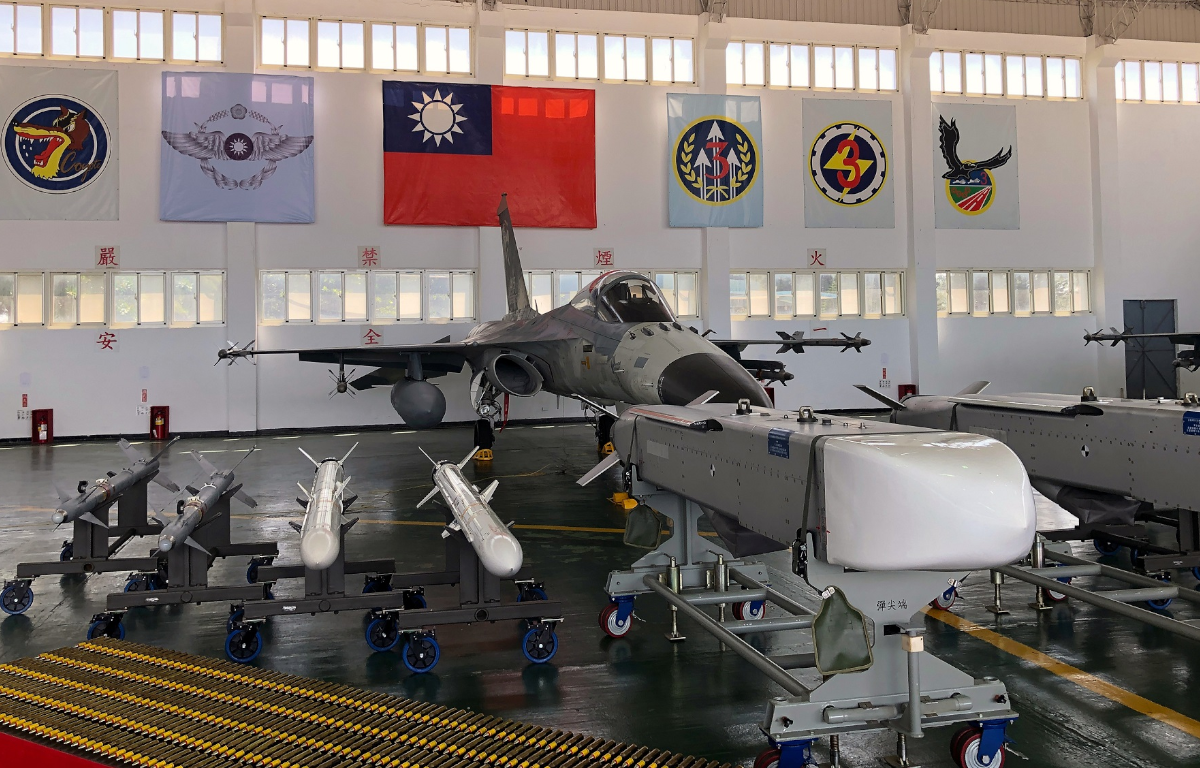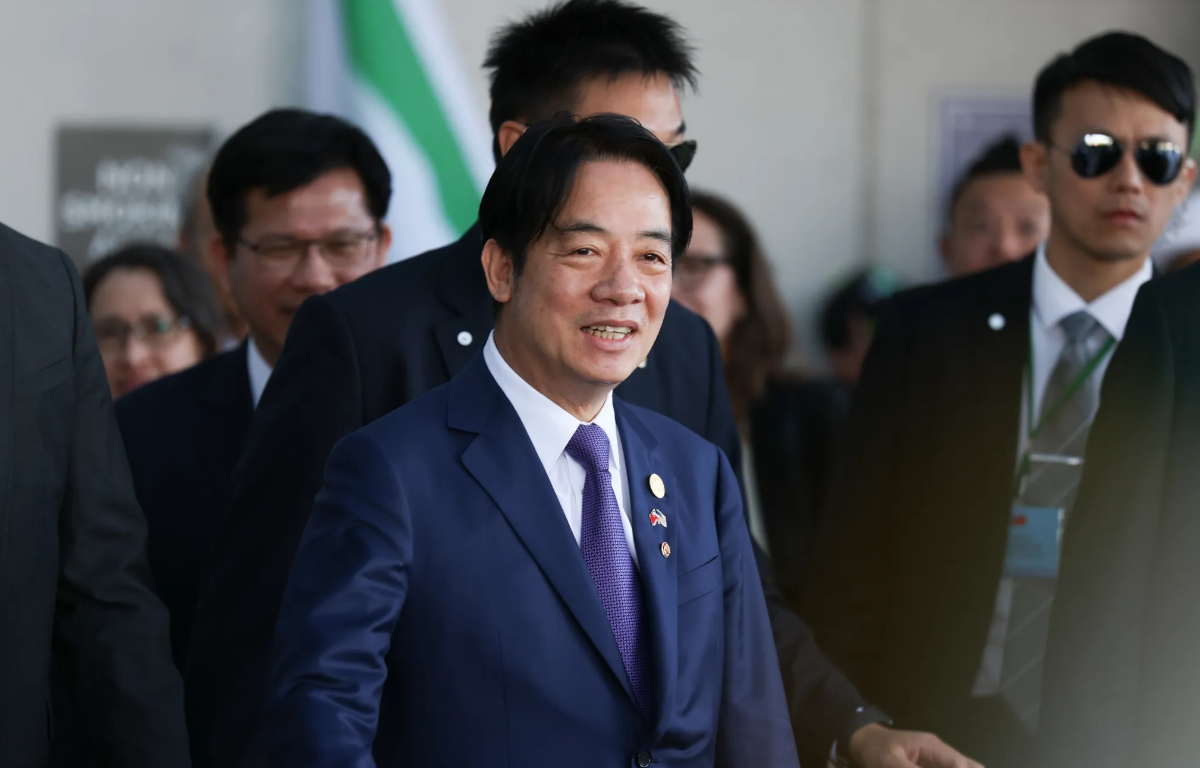
China has been ramping up its efforts to expand its influence in Asia and the Pacific, including the disputed waters of the South China Sea. Now, it is turning its attention to Okinawa, where it hopes to win hearts and minds through economic development and cultural exchange programs.
The Chinese government has been pouring money into Okinawa, funding a number of infrastructure projects and offering scholarships to local students to study in China. In addition, the Chinese Embassy in Tokyo has been hosting cultural events and exhibitions in Okinawa to promote Chinese culture.
The US, on the other hand, has been focused on maintaining its military presence in Okinawa, which is seen as a key strategic location in the Asia-Pacific region. However, the presence of US bases has also been a source of tension between Okinawa residents and the central government in Tokyo, with locals calling for the bases to be relocated or removed altogether.
Japan has long been caught in the middle of the US-China rivalry, but the situation in Okinawa highlights just how complex and multifaceted this competition can be. While the US has the advantage of a long-standing military presence, China is making inroads through soft power initiatives aimed at winning over the hearts and minds of the people of Okinawa.
The struggle for influence in Okinawa is just one example of the broader competition for power and influence between China and the US in the Asia-Pacific region. As China continues to expand its economic and diplomatic ties in the region, the US is increasingly finding itself on the defensive, with its traditional allies like Japan caught in the crossfire.
The situation in Okinawa also highlights the complex relationship between military presence and soft power, and the challenges that both the US and China face in balancing these two competing objectives. Ultimately, the battle for influence in Okinawa will have significant implications for the broader struggle for power and influence in the Asia-Pacific region.










Share this: